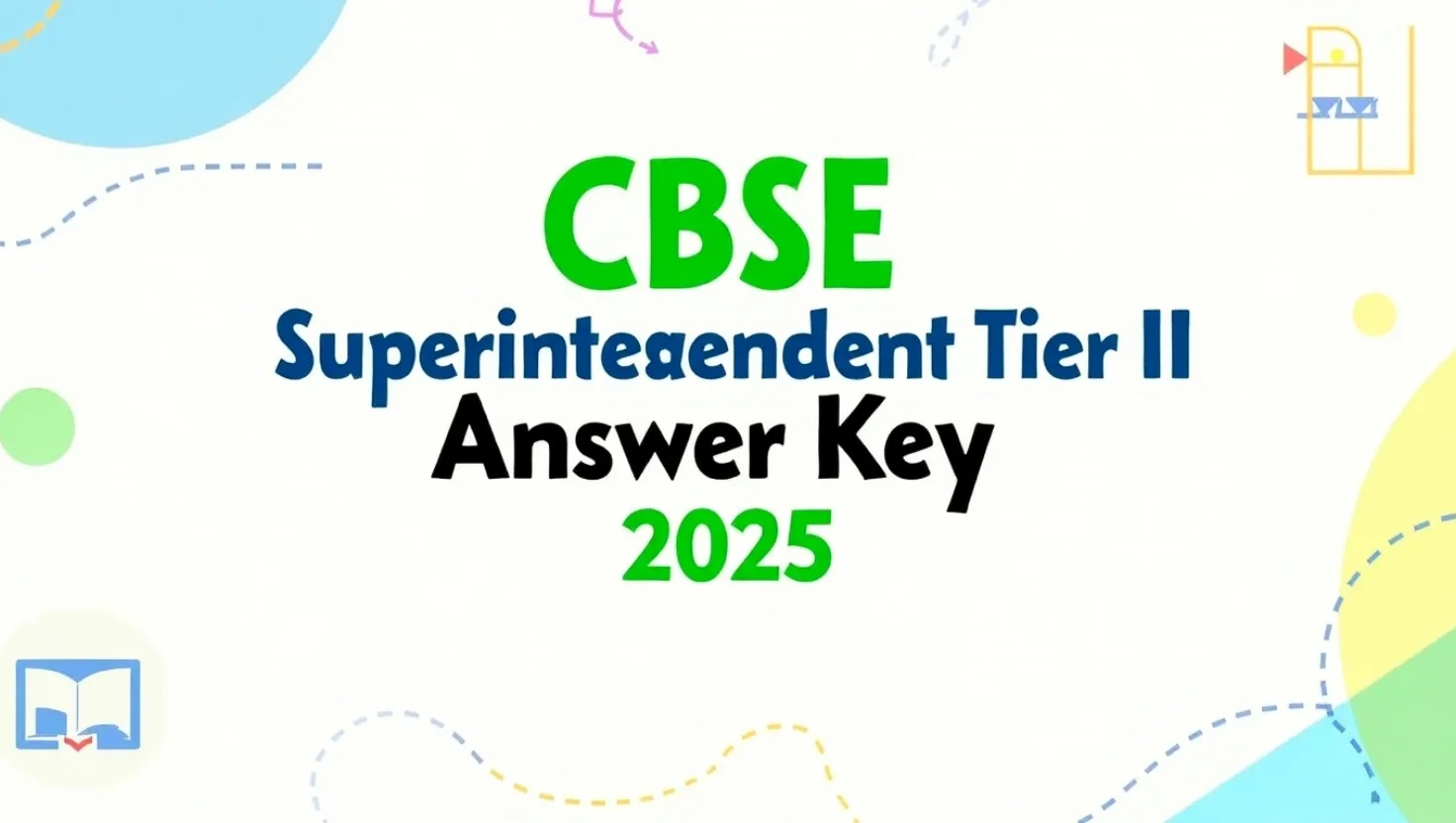The JEE Main 2016 Paper I held on 10th April was conducted in online mode for candidates across India. This was a computer-based test (CBT) and followed the usual structure of 90 questions divided equally among Physics, Chemistry, and Mathematics. Each subject had 30 questions, and the total marks were 360. The paper was considered to be moderate in difficulty, though a few candidates found some questions in Mathematics slightly time-consuming.
I’m writing about this paper because solving previous year question papers is still one of the most effective ways to prepare for JEE Main. By working through actual exam papers like the one from 10th April 2016, students can understand how topics are framed, how time needs to be managed, and which areas need more attention. It’s especially useful for those aiming for a good score and looking to strengthen their grip on key concepts. Solving this paper under timed conditions can give aspirants an edge, especially when it comes to real-time performance in the actual JEE.
JEE Main 2016 Exam Pattern (10th April)
Here is a breakdown of the structure of the paper:
- Exam Mode: Online (Computer-Based)
- Total Questions: 90
- Subjects Covered: Physics, Chemistry, Mathematics
- Marks per Question: +4
- Negative Marking: -1 for incorrect answers
- Total Marks: 360
- Time Duration: 3 Hours
Subject-wise Question Distribution
Physics
Physics was rated moderate to difficult by most students. The focus was on concepts rather than direct formulas. Important topics included:
- Mechanics
- Modern Physics
- Electrostatics
- Thermodynamics
- Current Electricity
Conceptual clarity helped more than rote memorisation in this section.
Chemistry
Chemistry was mostly NCERT-based and easier compared to the other sections. Questions were distributed among Physical, Organic and Inorganic chemistry. Key areas were:
- Atomic Structure
- Thermodynamics
- Organic reaction mechanisms
- p-Block and d-Block elements
- Chemical Bonding
This section was scoring for those who revised NCERT thoroughly.
Mathematics
This section had questions from both Class 11 and 12, with a mix of formulas and problem-solving. It was the lengthiest among the three and required a good pace. Important chapters were:
- Algebra (Quadratic equations, Complex numbers)
- Calculus (Limits, Differentiation, Integration)
- Coordinate Geometry
- Vectors and 3D Geometry
- Probability
Managing time here was crucial for finishing the paper on time.
Why Practice This Paper
Practising this specific paper can help JEE aspirants in several ways:
- You’ll get used to the CBT format
- You can practise managing your time across sections
- It helps identify weak areas and improve accuracy
- Solving PYQs builds confidence and reduces exam fear
- Most importantly, it gives a reality check on your preparation level
Even if your target year is upcoming, this paper can be treated like a mock test and timed accordingly. Reviewing the solutions and analysing your mistakes will help you improve your strategy.
Download PDF
Click here to download JEE Main 2016 (10th April) Paper I PDF
(Provide your working PDF link here once uploaded)
Final Thoughts
Solving the JEE Main 2016 10th April paper will give you an actual feel of the exam—right from question framing to subject balance. Don’t treat these old papers as just past documents; treat them as practice goldmines. Take printouts or solve them digitally, but always time yourself and evaluate your performance. Once you finish, note which areas took the most time or gave you trouble, and revise those concepts again. This small effort can bring a noticeable improvement in your actual exam score. Keep practising and stay consistent.



















